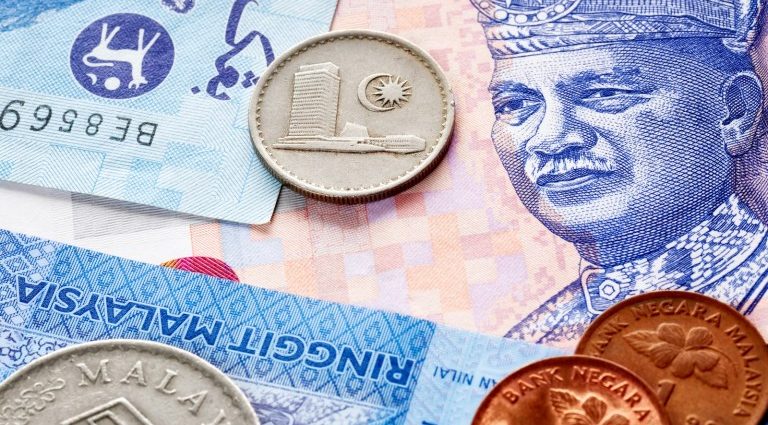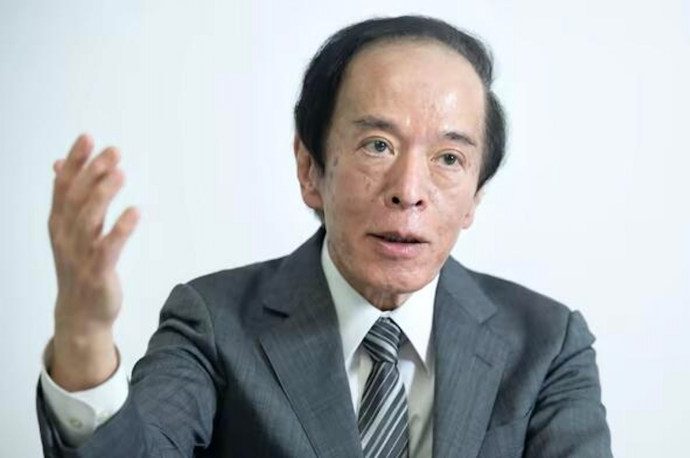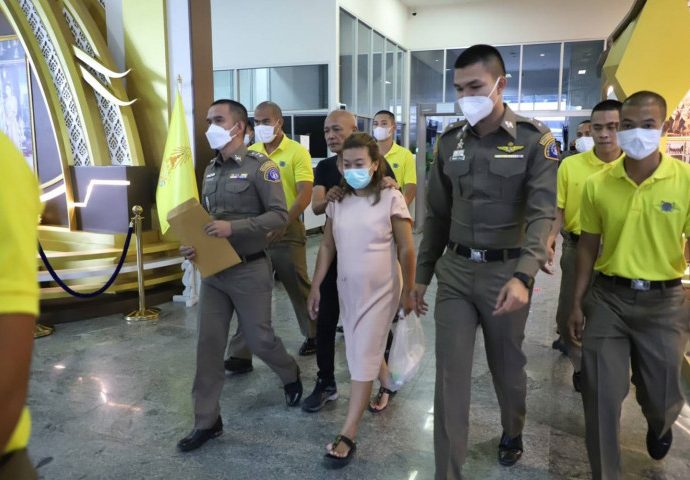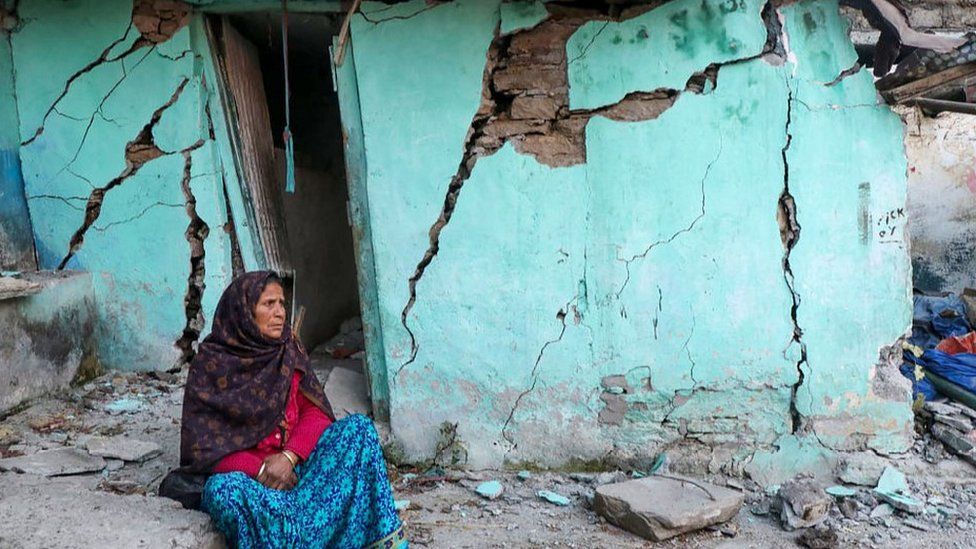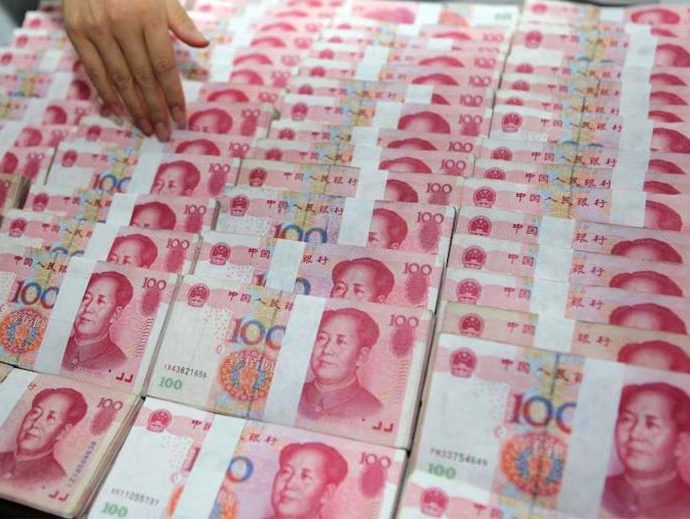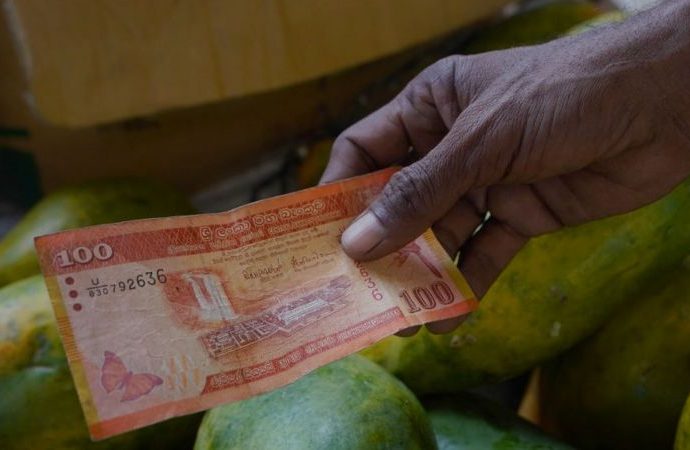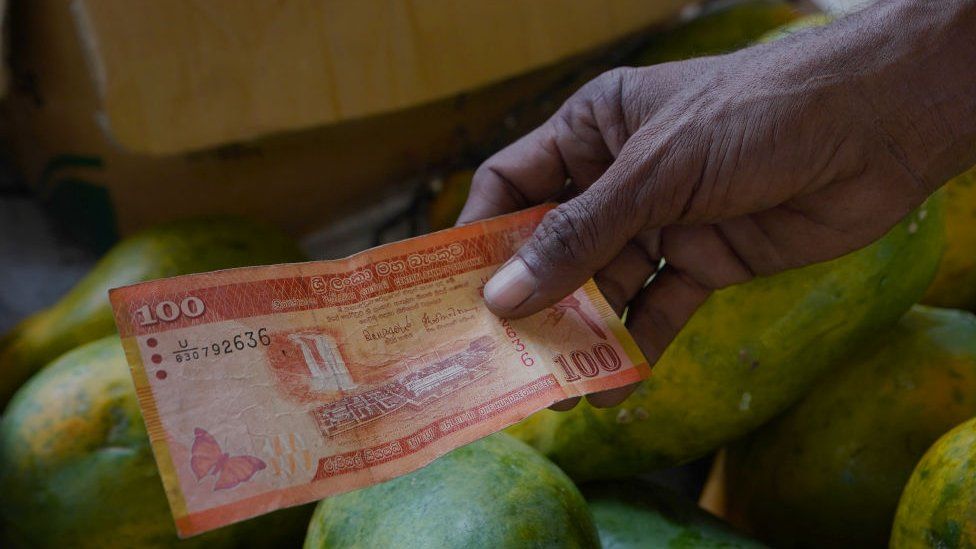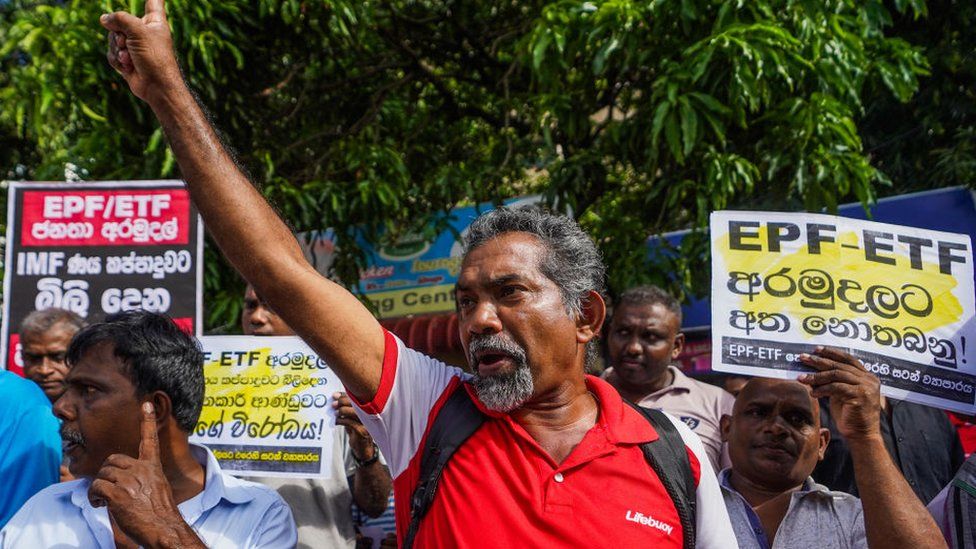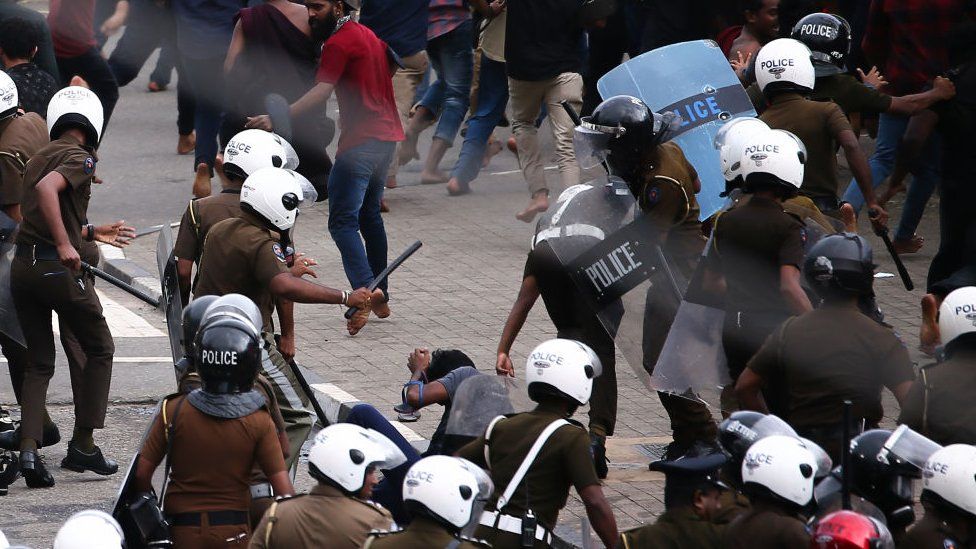Flagging ringgit bodes ill for Malaysiaâs Anwar
SINGAPORE – Prime Minister Anwar Ibrahim began his tenure with a pledge to enact structural reforms and boost investor confidence in Malaysia. But after eight months on the job, the veteran politician is finding it hard to pull the Southeast Asian nation out of a years-long economic funk.
The local stock market saw foreign outflows of 4.19 billion ringgit (US$920 million) in the first half of 2023, with a benchmark gauge that is among the worst global performers so far this year. The Malaysian ringgit has likewise tumbled, making it among the worst performers in Asia’s currency markets.
On the other hand, Malaysia’s economy grew above market expectations at 5.6% in the first quarter of the year, during which approved foreign direct investment (FDI) reportedly rose 60% year-on-year to 71.4 billion ringgit.
Inflation moderated to a one-year low with the consumer price index coming in at 2.8% in May compared to last year, its slowest monthly pace in 2023.
Yet cost-of-living pressures and political dissatisfaction persists, with economic headwinds and external cyclical factors weighing on the government ahead of state elections in August that are seen as an early referendum on Anwar’s “unity” government, a multi-party alliance that sits uneasily with the long-rivaled political camps’ grassroots support bases.

The ringgit’s worrisome performance is a key watchpoint as analysts say that unfavorable exchange rate fluctuations risk deterring foreign investors due to a lack of confidence in earning lucrative returns when the national currency is too weak, which raises the cost of repatriating profits back to home markets.
The cost of servicing external debt in foreign currencies, especially US dollars, also increases as the ringgit wanes, compressing the profit margins and exacerbating credit risks of US dollar-leveraged firms. Malaysia has a relatively high foreign currency-denominated debt exposure compared to some of its regional peers, with data showing only 33% of total debt being ringgit-denominated as of 2022.
Anwar’s administration also contends with a fiscal deficit that is among the widest in Southeast Asia and a national debt that has ballooned to 1.5 trillion ringgit ($329 billion), exceeding 80% of gross domestic product (GDP) when liabilities are included.
In 2018, the then-PH-led government said government debt and liabilities exceeded 1 trillion ringgit, higher than what jailed former premier Najib Razak’s administration had previously disclosed.
Household debt is also among the highest in the region as a result of heavy borrowing by Malaysian citizens, accounting for 81% of the country’s nominal GDP in December 2022, compared with the ratio of nearly 89% in the previous year, according to Bank Negara Malaysia (BNM), the central bank. By comparison, household debt to GDP stood at 47% in 2000.
The Malaysian ringgit is down approximately 10.61% against the US dollar from early January, when it traded at 4.24 before falling to a low of 4.69 in late June. As a historical benchmark, the ringgit weakened to 4.88 during the 1997-98 Asian financial crisis and traded at 4.74 ahead of last November’s general election before recovering by year-end.
The national currency has gradually recovered since mid-July, due mainly to cooler US inflation data, and was trading at 4.55, or approximately 3.41% lower against the dollar in the year to date, at the time of publication.
Analysts are of two minds on whether the ringgit will rebound, with some seeing the government’s perceived lack of a clear economic strategy as a key factor.
Carmelo Ferlito, an economist and chief executive officer of Kuala Lumpur-based think tank Center for Market Education, told Asia Times that he sees “the lack of a comprehensive economic strategy which would include mainly pro-market reforms” as a factor behind the depreciation, saying that authorities fluctuate “between pro-market stances and a heavy desire to control the economy.”
Ferlito attributed lower-than-expected economic growth in China, Malaysia’s top trading partner, and continued strength of the US dollar as the “preferred reserve of value in periods of uncertainty, despite all the talk about de-dollarization,” as other factors driving the ringgit’s slump while also pinning blame on the Anwar-led government’s failure to address structural economic issues.
“So far, contrasting signals have been sent. The desire of attracting FDI is not matched by consistent policies in this direction. Price controls are still in place, labor regulations are still restrictive, and getting a bank account is becoming more complicated. In general, a comprehensive economic strategy is yet to be seen. The lack of vision will keep on playing against the ringgit,” he said.

While Anwar’s focus has so far been on consolidating the government’s finances, plugging leakages and tightening rules for more transparent state procurement contracts, Ferlito voiced hopes that after upcoming state polls, “the government may become braver in addressing structural issues and start to remove price controls, subsidies, red tape and labor limitations.”
Some observers believe that politics have contributed to the ringgit’s recent weakness, which on July 12 hit a record low of 3.49 against neighboring Singapore’s national dollar. A poor performance by the Pakatan Harapan-led (PH) ruling alliance at August state elections, analysts and economists argue, could further impact investor sentiment and political stability.
Politics aside, economic headwinds are a serious challenge with the ongoing global slowdown sharply affecting Malaysia’s export performance, which plummeted 18.9% year-on-year in June, marking the fourth straight month of contraction. The country is a major exporter of electrical and electronic products, as well as petroleum products, rubber, palm oil and its derivatives.
Previous periods of ringgit weakness were generally a boon for Malaysian exports but sluggish growth in China and monetary policy tightening in advanced economies has darkened the global trade outlook. BNM forecasts GDP growth of 4% to 5% this year, falling well short of the two decade-high 8.7% seen in 2022 coming out of the Covid-19 pandemic.
The central bank said in late June that it would intervene in the foreign exchange market to stabilize the ringgit, citing what it called “excessive” losses. BNM said the currency’s depreciation is not reflective of economic fundamentals and that the value of the ringgit will continue to be market-determined.
Re-pegging the ringgit to the US dollar has also been ruled out, with Malaysian Deputy Finance Minister Ahmad Maslan saying last month that doing so would inhibit independent monetary policy-making. The government’s aim is to implement structural policies to boost competitiveness and attract inflows of foreign investment to support the ringgit, he said.
“The depreciation of the ringgit bodes ill for the economy and even society,” said Mohd Shahidan Shaari, a senior business lecturer at the Universiti Malaysia Perlis, in a recent commentary. “If there is no government intervention to curb any further depreciation, one US dollar might be exchanged for five ringgit in the future, which can have numerous detrimental impacts.
“Therefore, closing the barn door before the horse bolts is of utmost importance. One possible measure the government might consider is fixing the exchange rate. By fixing the exchange rate, the government can stabilize the value of the currency and provide certainty for economic actors, including businesses and investors,” he added.

BNM opted to maintain its overnight policy rate at 3% earlier this month after it unexpectedly raised rates in May for the fifth time since last year. Analysts see any near-term policy changes as unlikely with headline inflation having eased in recent months, though some argue that further depreciation of the ringgit could cause BNM to raise rates again.
“Bank Negara can continue to raise interest rates to attract investors into the ringgit. However, as long as rates are elevated in the US, Europe and the UK, many investors will not come back into the ringgit to help it appreciate,” said Mayra Rodriguez Valladares, a financial risk consultant at MRV Associate and former foreign exchange analyst from the Federal Reserve Bank of New York.
“It is very challenging for one central bank alone to influence foreign exchange rates. In fact, no central bank wants to deplete its foreign exchange reserves defending its currency. The lessons from the Asian financial crisis of 1997 are important to remember,” she told Asia Times. “Central banks cannot go against foreign exchange traders; this is a market that is about $8 trillion a day.”
Follow Nile Bowie on Twitter at @NileBowie

